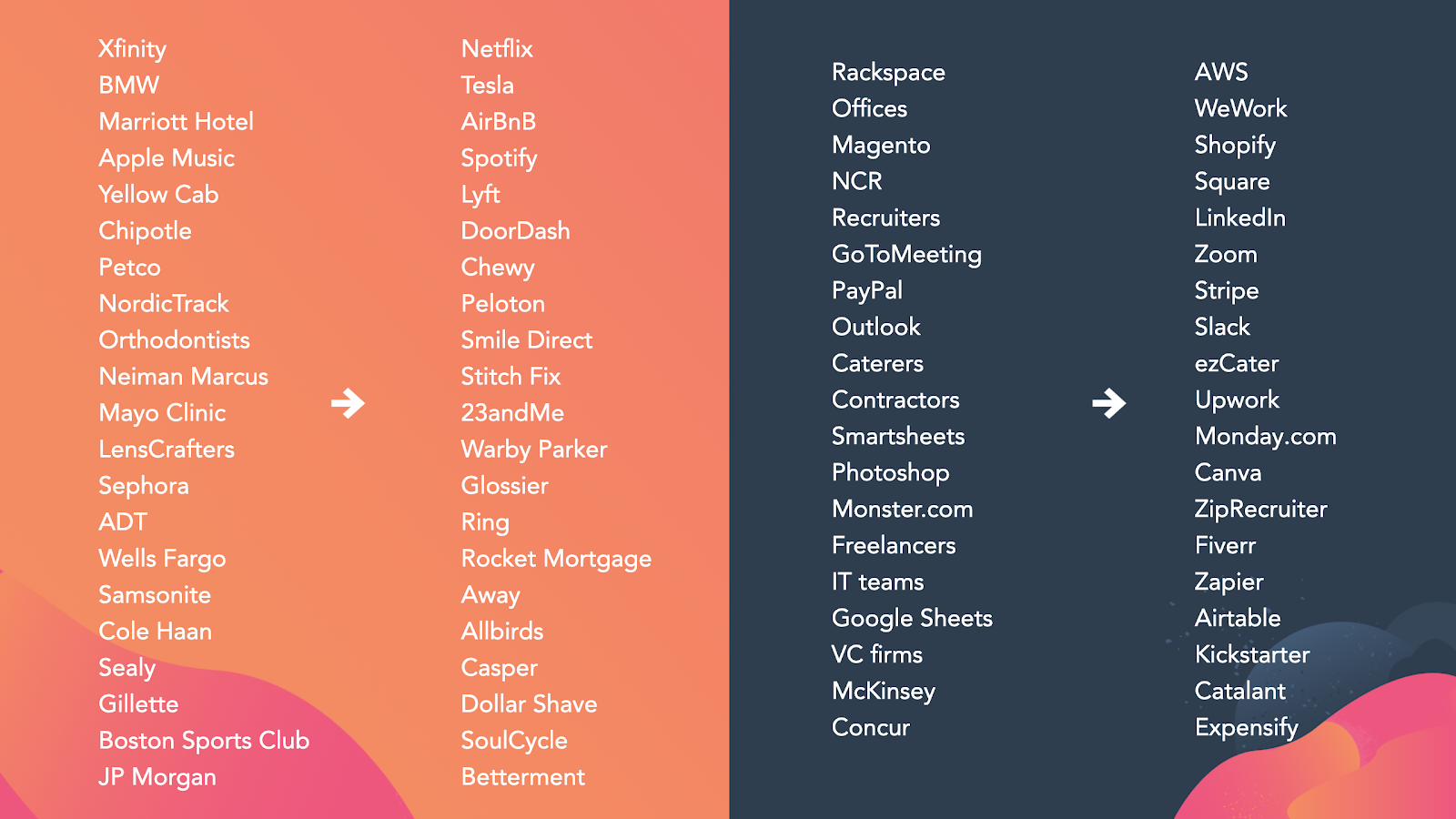Marketers, welcome to 2020.
This year begins the next decade of our profession. We can't predict everything that will change in the next ten years, but we can take a look at what's happening today and use it to better understand the change that is ahead of us.
Since 2010, the marketing world has changed ... a lot. In the early 2010s, social networks were only starting to gain traction.
Facebook reached one billion users in late 2012. Instagram was launched in 2010. Snapchat didn't exist until 2011.
Customer acquisition costs were low because we had new distribution platforms with hundreds of millions of users and only the early adopters within the marketing community trying to reach them.
Fast forward to 2020. Social networks have grown into a foundational aspect of our culture. Facebook has three billion active users. The competitive landscape is fierce — there are countless disruptions happening across every industry. The old guard is getting taken down by companies who provide a better experience from end to end.
Digital marketing channels are overflowing with noise — average customer acquisition costs have increased by 53% over the last five years.

Buyers have changed, too. Ten years ago, businesses won because they sold a product 10 times better than the competition.
Today, businesses win and lose because of their customer experience.
Whether it's downloading a piece of educational content as a prospect or filing a support ticket as a customer, your buyers want their experience with your company to be simple. More than simple — frictionless.
As marketers, we're the architects of this experience. Every touchpoint we have with buyers is an opportunity to gain trust. Yet many of us only focus on a small part of the customer journey.
Close to 40% of marketers list their top priority in 2020 as generating leads. Only 5% listed customer retention as a focus area.
Today's businesses need marketing strategies that support the entire customer lifecycle. Increasingly vocal buyers, easily replicable products, and eroding trust in businesses mean that a delighted customer base is more influential in driving growth than any marketer or salesperson.
Focusing on acquisition at the expense of retention is just one way many of us are missing out on a huge growth opportunity.
Ten years ago, closed-loop reporting was impossible for many marketers. Today, rich attribution is available to all, but not quite yet the norm. Currently, only 52% of marketers use some form of attribution reporting. We expect that number to rise this year, as more companies embrace a platform approach to their software, enabling robust integrations between systems of record and systems of engagement.
We hope this enables marketers to make better business decisions. One of the most important metrics to track is the return on investment of marketing activities. Only 35% of our respondents replied that it is "very important" or "extremely important" to understand the ROI of any given campaign.
That's low, but I don't think the outstanding 65% is avoiding it. They're facing a technology barrier that's preventing them from measuring their work. Most software that's built for frontline marketers isn't quite powerful enough to capture this, and software that is sophisticated enough requires heavy IT or developer support. That is starting to change.
Ten years ago, having a content marketing strategy really meant that you had a blog. This year, for the first time, video content has surpassed blog posts as the top content marketing investment. Video-based platforms like YouTube show no signs of slowing growth––it was the only bright spot in Alphabet's recent earnings report. Even so, I still see video being used mostly in the decision stage of the buyer's journey.
Marketers create case study videos, product reviews, and videos for the sales team to use, whereas blogging still dominates acquisition strategies. I encourage marketers to think about how we can use videos as an awareness tool — it's a massive opportunity.
As we enter the next decade of marketing, only one thing is certain: more change is coming. To help marketers everywhere get a head start this year, we sourced innovative strategies from marketing managers, directors, VPs, and CMOs, at HubSpot, Litmus, and Crayon, and surveyed over 3,400 marketers across the globe. The resulting report is an in-depth look at the current state of marketing.
It outlines our efforts to connect marketing to business growth. And it emphasizes our commitment to the entire customer experience across marketing, sales, and customer support.
It's a scary and exciting time for marketers everywhere. As you're planning for the future, questions are inevitable. This report is here to help you answer them.
There are plenty of State of Marketing Reports out there, but this isn't one of them.
This is Not Another State of Marketing Report, by HubSpot.
from Marketing https://ift.tt/2u8jY4I
via

No comments:
Post a Comment